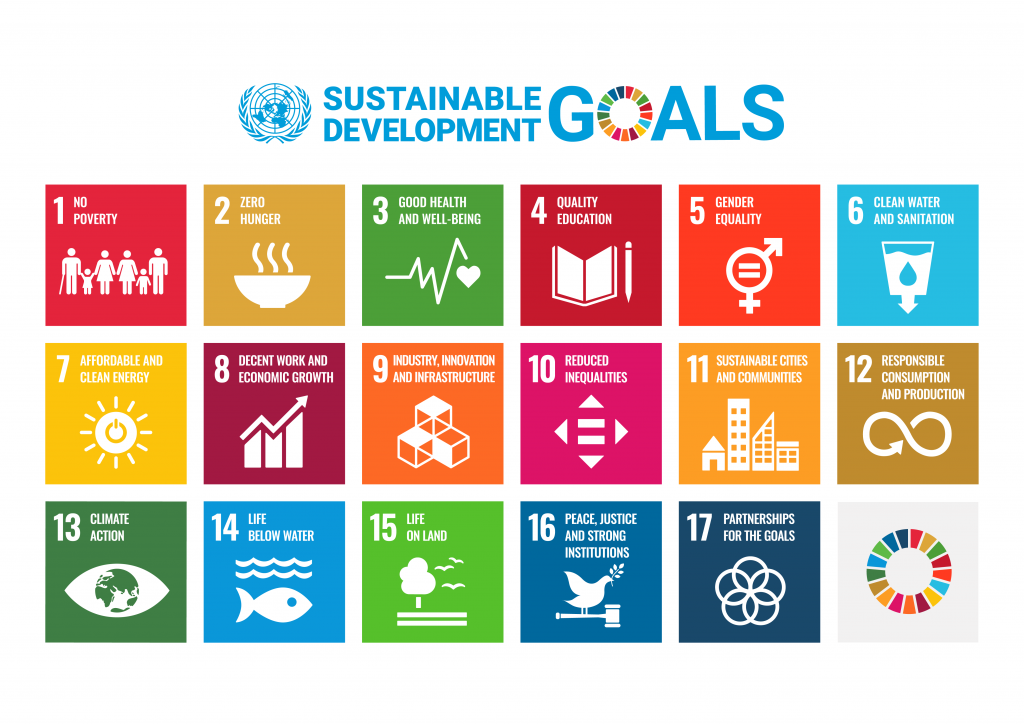5.1 The Finance-Growth Nexus: Theory
Can microinsurance foster economic growth? It is not one of the factors driving the long-term development of the economy that we discussed in Section 3. Yet, as an aspect of financial inclusion microinsurance features prominently in the global development agenda. While financial inclusion is not a Sustainable Development Goal (SDG) by itself, according to the UN, it is “positioned prominently as an enabler of other developmental goals” such as eradicating poverty (SDG 1), ending hunger (SDG 2), ensuring healthy lives (SDG 3), achieving gender equality (SDG 5), promoting economic growth (SDG 8), supporting industry, innovation and infrastructure (SDG 9), reducing inequality (SDG 10), and strengthening the global partnership for achieving the SDGs (SDG 17).[1] In this section, we will examine the channels through which microinsurance can foster economic growth.

We start by noting that microinsurance is a financial service and therefore, the broader question is whether there is a link between financial markets and institutions and economic growth. Even though microinsurance and finance more broadly are not among the factors affecting growth directly, microinsurance can impact economic growth indirectly through its effects on the accumulation of technological knowledge, physical and human capital.
The link between financial markets and institutions and economic growth has been extensively studied both theoretically and empirically. Theorists disagree whether it is financial development that fosters economic growth (supply-led growth) or the other way around, economic growth spurs the development of financial markets and institutions (demand-following growth). Further, theorists postulate that the finance-growth nexus depends on the economy’s level of development. We would expect to observe supply-led growth in low-income economies and demand-following growth in high-income economies. That is, the expansion of financial markets drives real economic growth at early states of economic development while economic growth drives the expansion of financial markets in mature economies.[2] Thus, as a financial service, microinsurance can play an important role in the economic development of low-income economies. Here, we will focus on the demand side of the market and examine the risk-coping strategies available to the poor in developing countries in the absence of microinsurance to understand the channels through which the purchase of microinsurance coverage can have a lasting impact on the aggregate economy.

Drought, famine, disease, and crop failures – there are myriads of risks faced by the poor in developing countries. Their income is not only low but also very volatile. If they are to consume what they earn, their consumption will be very volatile as well. However, according to the life-cycle theory of consumption developed by Prof. Franco Modigliani, laureate of the 1985 Nobel Memorial Prize in Economics, we prefer a smooth consumption pattern over our lives rather than volatile consumption, which closely tracks our income. Consumption timing is one of the most important roles financial markets play in the economy. By borrowing, saving, and dissaving at different times in our lives, we can smooth our consumption path and improve our overall satisfaction. However, conventional mechanisms for consumption smoothing, such as borrowing and lending in formal financial markets, are not available to the poor to buffer income swings. More often than not, low-income individuals in developing countries either lack access to existing financial markets or such markets simply do not exist.
When households face risks with large potential losses and no access to borrowing, they have a strong precautionary demand for liquid savings to prepare for emergency expenditures. However, the accumulation of liquid assets is a difficult undertaking for low-income individuals and most of the world’s poor have very low or non-existent savings to mitigate negative income shocks. As a result, their consumption more closely tracks their income pattern. A large negative income shock, such as the death of the breadwinner in the introductory example of this module, is typically followed by a large reduction in consumption. This may entail withdrawing children from school, ignoring health needs, reducing calorie intake and dietary quality to a level detrimental to human health and well-being. It may also entail the sale of productive assets, the postponement of required repairs or investment in new assets thus eroding both human and physical capital accumulation in the long run.
Access of individuals and businesses to affordable financial products and services that meet their needs, such as deposit and savings bank accounts, payments, transactions, credit, and insurance.
The concept of borrowing, saving, and investing to change the timing of consumption (e.g., saving your wages now so you can purchase goods when retired).
Spending more money than one earns in income in a given period; the opposite of saving.
The idea that we prefer a smooth consumption pattern over our life rather than consumption that closely tracks our income, which is volatile.
A disruption in expected income. Income shocks are often the result of the loss of employment or the death of a breadwinner.

